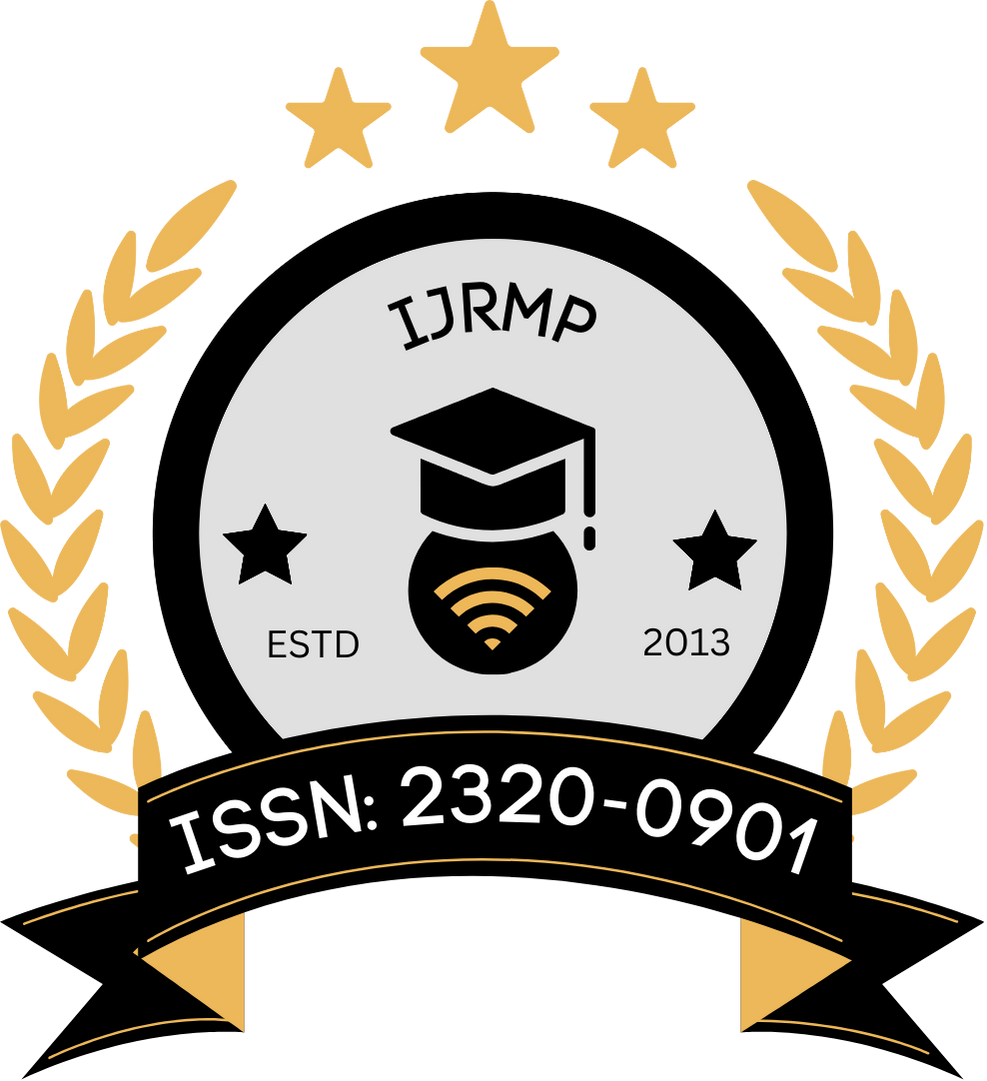![]()
Divya Chauhan
Independent Researcher
Himachal Pradesh, India
Abstract
Injectable hydrogels have emerged as promising biomaterials for the treatment and long-term management of chronic diseases due to their tunable physicochemical properties, high biocompatibility, and minimally invasive application. These hydrogels offer a unique combination of mechanical support, localized drug delivery, and cell encapsulation potential, making them ideal candidates for applications ranging from diabetes and arthritis to cardiovascular and neurodegenerative disorders. This manuscript explores the design, development, and deployment of injectable hydrogels within the chronic disease treatment paradigm. It examines naturally derived and synthetic hydrogel systems, critical crosslinking strategies, drug release mechanisms, and in vivo performance, particularly in sustained release therapies and cell-based treatments. The literature highlights hydrogels based on alginate, chitosan, hyaluronic acid, PEG, and Pluronic F127, each of which demonstrates unique properties in terms of responsiveness and degradation. Finally, this paper outlines key advances in hydrogel customization to target-specific disease environments and discusses limitations related to scalability, biodegradation rate control, and regulatory concerns.
Keywords
Injectable hydrogels, chronic disease, drug delivery, biomaterials, biocompatibility, tissue engineering, sustained release, hydrogel scaffolds, natural polymers, synthetic polymers
References
- Burdick, J. A., & Prestwich, G. D. (2011). Hyaluronic acid hydrogels for biomedical applications. Advanced Materials, 23(12), H41–H56. https://doi.org/10.1002/adma.201003963
- Lee, K. Y., & Mooney, D. J. (2001). Hydrogels for tissue engineering. Chemical Reviews, 101(7), 1869–1880. https://doi.org/10.1021/cr000108x
- Ruel-Gariépy, E., & Leroux, J. C. (2004). In situ-forming hydrogels—review of temperature-sensitive systems. European Journal of Pharmaceutics and Biopharmaceutics, 58(2), 409–426. https://doi.org/10.1016/j.ejpb.2004.03.019
- Jeong, B., Bae, Y. H., & Kim, S. W. (2002). In situ gelation of PEG–PLGA–PEG triblock copolymer aqueous solutions and degradation thereof. Journal of Biomedical Materials Research, 50(2), 171–177. https://doi.org/10.1002/jbm.10028
- Seliktar, D. (2012). Designing cell-compatible hydrogels for biomedical applications. Science, 336(6085), 1124–1128. https://doi.org/10.1126/science.1214804
- Peppas, N. A., Hilt, J. Z., Khademhosseini, A., & Langer, R. (2006). Hydrogels in biology and medicine: From molecular principles to bionanotechnology. Advanced Materials, 18(11), 1345–1360. https://doi.org/10.1002/adma.200501612
- Cruise, G. M., Scharp, D. S., & Hubbell, J. A. (1998). Characterization of permeability and network structure of interfacially photopolymerized poly(ethylene glycol) diacrylate hydrogels. Biomaterials, 19(14), 1287–1294. https://doi.org/10.1016/S0142-9612(98)00023-7
- Selimović, Š., & Kuebler, S. M. (2012). Biocompatibility and degradation of photopolymerized materials for tissue engineering applications. Advanced Functional Materials, 22(5), 1272–1279. https://doi.org/10.1002/adfm.201101432
- Dumortier, G., Grossiord, J. L., Agnely, F., & Chaumeil, J. C. (2006). A review of poloxamer 407 pharmaceutical and pharmacological characteristics. Pharmaceutical Research, 23(12), 2709–2728. https://doi.org/10.1007/s11095-006-9104-4
- Bryant, S. J., & Anseth, K. S. (2003). Hydrogel properties influence ECM production by chondrocytes photoencapsulated in poly(ethylene glycol) hydrogels. Journal of Biomedical Materials Research Part A, 59(1), 63–72. https://doi.org/10.1002/jbm.a.10028
- Mahoney, M. J., & Anseth, K. S. (2006). Three-dimensional growth and function of neural tissue in degradable polyethylene glycol hydrogels. Biomaterials, 27(10), 2265–2274. https://doi.org/10.1016/j.biomaterials.2005.11.013
- Wang, Y., Ameer, G. A., Sheppard, B. J., & Langer, R. (2000). A tough biodegradable elastomer. Nature Biotechnology, 20(6), 602–606. https://doi.org/10.1038/nbt0602-602
- Kretlow, J. D., Klouda, L., & Mikos, A. G. (2007). Injectable matrices and scaffolds for drug delivery in tissue engineering. Advanced Drug Delivery Reviews, 59(4–5), 263–273. https://doi.org/10.1016/j.addr.2007.03.014
- Lin, C. C., & Anseth, K. S. (2009). PEG hydrogels for the controlled release of biomolecules in regenerative medicine. Pharmaceutical Research, 26(3), 631–643. https://doi.org/10.1007/s11095-008-9801-2
- Hennink, W. E., & van Nostrum, C. F. (2002). Novel crosslinking methods to design hydrogels. Advanced Drug Delivery Reviews, 54(1), 13–36. https://doi.org/10.1016/S0169-409X(01)00240-X
- Yin, R., Wang, K., Duan, L., & Zhang, Q. (2006). Injectable hydrogels based on chitosan and glucose-sensitive poly(ethylene glycol) for controlled insulin delivery. Carbohydrate Polymers, 66(3), 272–279. https://doi.org/10.1016/j.carbpol.2006.03.002
- Buwalda, S. J., Boere, K. W., Dijkstra, P. J., Feijen, J., Vermonden, T., & Hennink, W. E. (2012). Hydrogels in a historical perspective: From simple networks to smart materials. Journal of Controlled Release, 190(3), 254–273. https://doi.org/10.1016/j.jconrel.2014.03.003
- Vermonden, T., Censi, R., & Hennink, W. E. (2012). Hydrogels for protein delivery. Chemical Reviews, 112(5), 2853–2888. https://doi.org/10.1021/cr200157d
- Drury, J. L., & Mooney, D. J. (2003). Hydrogels for tissue engineering: Scaffold design variables and applications. Biomaterials, 24(24), 4337–4351. https://doi.org/10.1016/S0142-9612(03)00340-5
- Anseth, K. S., Bowman, C. N., & Brannon-Peppas, L. (1996). Mechanical properties of hydrogels and their experimental determination. Biomaterials, 17(17), 1647–1657. https://doi.org/10.1016/0142-9612(96)87644-7
